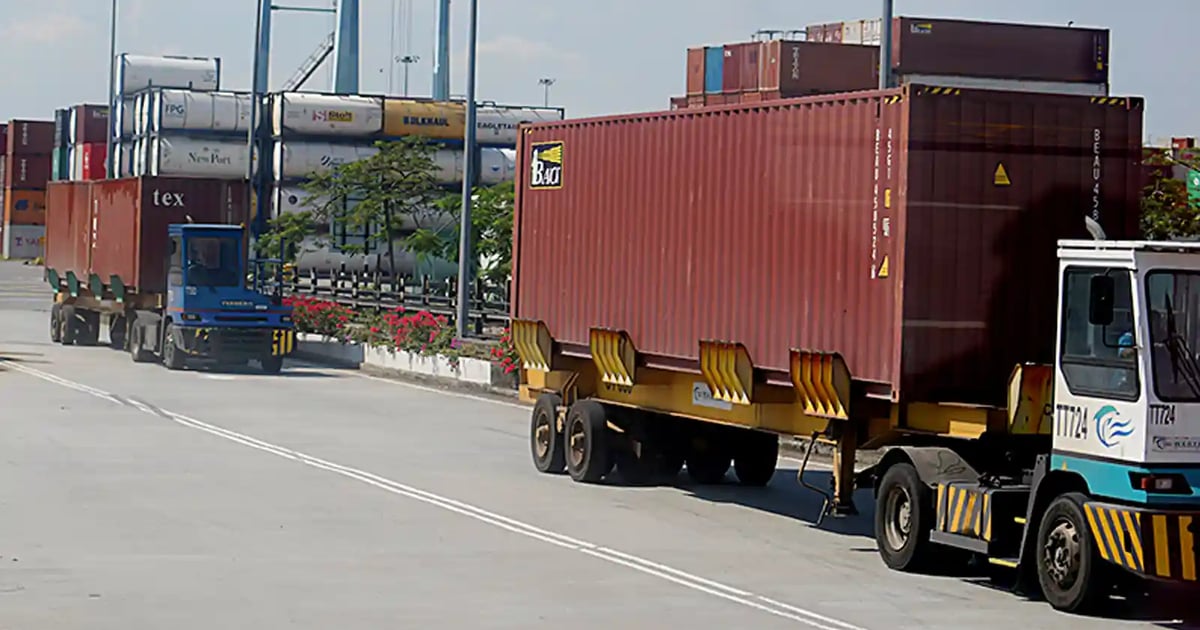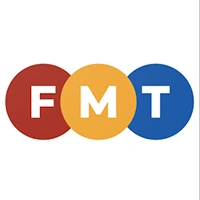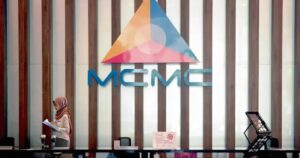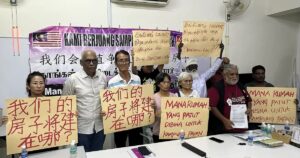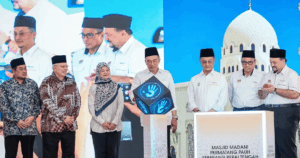
From Chandra Mohan Sinnandavar
Recent articles have praised plans to move more cargo and containers from road to rail as a bold solution to Malaysia’s congestion and sustainability challenges. For those familiar with how logistics actually works in the Klang Valley, this idea is fundamentally flawed and risks ignoring the real problems.
Port Klang, Malaysia’s busiest cargo gateway, sits within roughly 50km of most factories, warehouses, and retail hubs in the Klang Valley. In global logistics terms, this is “extended last mile,” short enough for lorries to deliver goods directly from the port without needing a rail transfer.
Rail makes sense for long-haul freight, usually 150km or more. That’s why it thrives in countries like China, Europe, and the US, where inland hubs are hundreds of kilometres from ports.
In the Klang Valley, forcing containers on trains adds unnecessary steps: loading at the port, unloading at an inland depot, and reloading on trucks for final delivery. Each step adds cost, time, and risk with no real gain.
Lorries are already restricted by peak-hour bans and route curfews. These measures, while intended to ease congestion, punish the very drivers and operators who keep the economy moving: drivers are forced to wait out curfews, work longer hours, and earn less – all while facing rising costs and compliance burdens.
Morale in the industry is already fragile. Younger people avoid trucking as a profession, and once trust is lost, it is hard to rebuild. A shrinking pool of qualified drivers also risks road safety if gaps are filled by less conscientious drivers.
Road-based solution
The rail narrative is attractive: it sounds modern and green. But even if containers travel by train to an inland depot, lorries are still needed for the final delivery to scattered industrial and retail zones. Congestion will not disappear; it will merely shift from port gates to inland terminals.
By promoting rail as the headline solution, policymakers risk raising expectations they may not meet. When results fail to appear, frustration will grow, and the real structural problems will remain unresolved.
Malaysia’s compact geography is actually an advantage. Port Klang and destinations elsewhere in the Klang Valley are close enough that we can build a seamless truck-based logistics system with the right investments.
Why not build gateways and road links robust enough to handle our trade volumes without hindrance?
This means: expanding port gates and highway interchanges; adding dedicated freight lanes to separate cargoes from commuter traffic; and developing better staging areas and direct highway links to industrial zones.
Infrastructure that serves commerce may be less glamorous, but it is what keeps economies running and goods moving, to deliver immediate, tangible benefits.
Where rail still fits
Rail is not irrelevant, but it must be used where it truly adds value – in the long-haul corridors beyond the Klang Valley (north to Padang Besar, south to Johor, and east via ECRL), and for bulk cargo such as steel, cement, or palm oil products moving to single destinations
For short 50km port-to-city routes, lorries will remain the backbone. Policy should reflect this reality and focus on making trucking safer, cleaner, and more efficient – not simply restricting it.
Malaysia’s economic rise was fuelled by strategic investments three decades ago in highways and transport corridors. Today, with better technology and more resources, there is no reason we cannot do even better.
The focus must return to what drives trade and everyday mobility: efficient corridors and robust roads, not just iconic buildings or headline megaprojects.
We believe that using rail for container transport in the Klang Valley is fundamentally flawed. Heavy investment in rail for such short hauls is unlikely to deliver meaningful results: the distances are too short, container flows are too fragmented, and the additional handling adds unnecessary complexity.
Public funds would be better spent on solutions that reflect how goods actually move today. We have done this before with roads that paved the way for growth, and we can certainly do it better today.
Chandra Mohan Sinnandavar is a logistics and supply chain professional.
The views expressed are those of the writer and do not necessarily reflect those of FMT.
